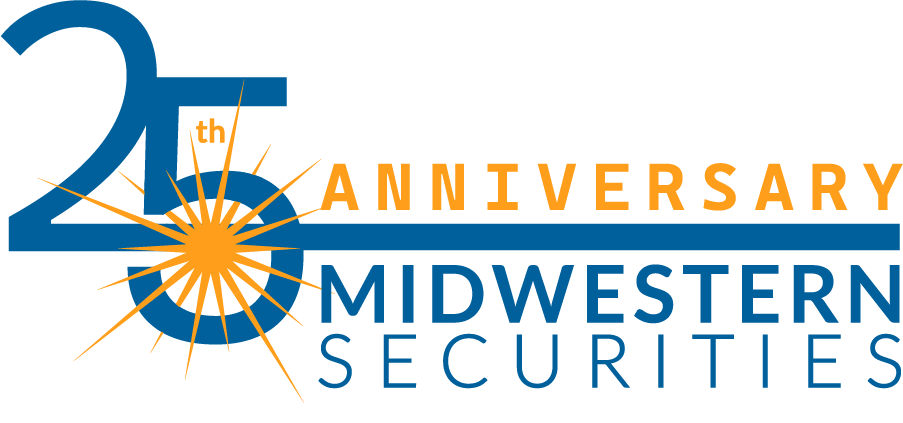Lighthouse Portfolios™

General features of the portfolio
MSTC Lighthouse Portfolios™ ARE total return portfolio, diversified globally and employing a variety of asset classes. The base portfolio is primarily made up of equities of moderate growth potential, providing both income and capital appreciation potential.
All distributions from these portfolios will be cash, which will allow for a different type of reinvestment. The client may withdraw available cash distributions or opt to leave them in the account for the Investment Committee to invest, at its discretion, in new or existing positions as opportunities arise. Adjustments will be made to the money market investments to account for the client’s specific liquidity and income needs.
Features of the core MSTC Lighthouse Portfolios™
The portfolios may invest in, but not be limited to, stocks, bonds, money market, ETFs, mutual funds, notes, SMAs, indexes, UITs, and REITs with active secondary markets. The automatic allocation of the base portfolio has approximately 5% invested in cash. There are 16 variations of the MSTC Lighthouse Portfolios™ for investors based on their short-term liquidity and tax needs, concern with market volatility, and investable assets.
$25,000 Minimum Balance
- MSTC Lighthouse Portfolios™ Base Model
- MSTC Lighthouse Portfolios™ 90/10 Base/Fixed Income Blend Taxable
- MSTC Lighthouse Portfolios™ 90/10 Base/Fixed Income Blend Tax Advantaged
- MSTC Lighthouse Portfolios™ 80/20 Base/Fixed Income Blend Taxable
- MSTC Lighthouse Portfolios™ 80/20 Base/Fixed Income Blend Tax Advantaged
- MSTC Lighthouse Portfolios™ 70/30 Base/Fixed Income Blend Taxable
- MSTC Lighthouse Portfolios™ 70/30 Base/Fixed Income Blend Tax Advantaged
- MSTC Lighthouse Portfolios™ Income Focus
- MSTC Lighthouse Portfolios™ Diversified Growth
$50,000 Minimum Balance
- MSTC Lighthouse Portfolios™ 50/50 Base/Fixed Income Blend Taxable
- MSTC Lighthouse Portfolios™ 50/50 Base/Fixed Income Blend Tax Advantaged
- MSTC Lighthouse Portfolios™ 80/20 Base/Diversified Growth Blend
- MSTC Lighthouse Portfolios™ 50/50 Base/Diversified Growth Blend
To provide a more transparent pricing structure, these variations do not have any commissions, annual maintenance fees or IRA maintenance fees charged to the investor.
Features of the Lighthouse Portfolios™ Beacon Variations
The portfolios may invest in, but not be limited to, money market and mutual funds with active secondary markets. The automatic allocation of the base portfolio has approximately 2.5% invested in cash.
No Minimum Account Balance
- Midwestern Securities Beacon Portfolios Base Model*
- Midwestern Securities Beacon Portfolios 70/30 Base/Fixed Income Blend Taxable*
- Midwestern Securities Beacon Portfolios 50/50 Base/Fixed Income Blend Taxable*
- *Part of MSTC Lighthouse Portfolios™
FREQUENTLY-ASKED QUESTIONS
Here are some of the questions we receive most often about MSTC Lighthouse Portfolios™
How are investment decisions within the portfolio made?
These model portfolios are managed by an Investment Committee at Midwestern Securities made up of a team of financial advisors with nearly 100 years of combined experience in the financial services industry. They choose investments for the portfolio and variations based on an investment philosophy that operates on the tenants that:
- Investors are risk-averse. The only acceptable risk is that which is adequately compensated by potential portfolio returns.
- The design of the portfolio as a whole is more important than the selection of any particular security within the portfolio. The appropriate allocation of capital among asset classes (stocks, bonds, cash, etc.) will have far more influence on long-term portfolio results than the selection of individual securities. Investing for the long-term (preferably longer than 10 years) becomes critical to investment success because it allows the long-term characteristics of the asset classes to surface.
- For a given risk level, an optimal combination of asset classes will maximize returns. Diversification helps reduce investment volatility. The proportional mix of asset classes determines the long-term risk and return characteristics of the portfolio as a whole.
- Portfolio risk can be decreased by increasing the diversification of the portfolio and by lowering the correlation of market behavior among the asset classes selected.
How does the investment Committee choose Investment Managers?
These model portfolios are managed by an Investment Committee at Midwestern Securities made up of a team of financial advisors with nearly 100 years of combined experience in the financial services industry. They choose investments for the portfolio and variations based on an investment philosophy that operates on the tenants that:
- Past performance, considered relative to other investments having the same investment objective. Consideration shall be given to both performance rankings over various time frames and consistency of performance.
- Dividend history.
- Costs relative to other funds with like objectives and investment styles.
- The manager’s adherence to investment style and size objectives.
- Size of the proposed mutual fund.
- Length of time the fund has been in existence and length of time it has been under the direction of the current manager(s) and whether or not there have been material changes in the manager's organization and personnel.
- The historical volatility and downside risk of each proposed investment.
- How well each proposed investment complements other assets in the portfolio.
- The current economic environment.
- Long-term economic trends.
- *Past performance does not guarantee future results.
